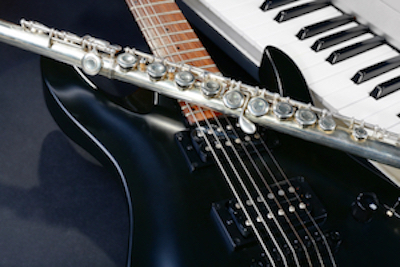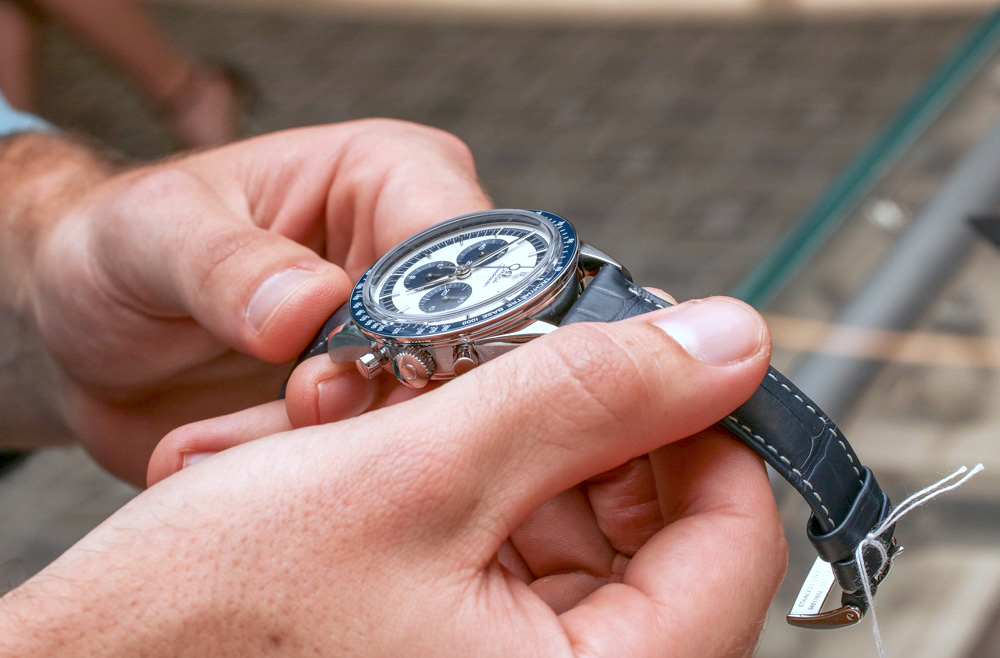As musical instruments are amongst the high-value possessions we use as collateral for our secured asset loans at peer-to-peer lender Unbolted, we thought it might be timely to take a closer look at just what makes a musical instrument valuable (and not just in the sentimental sense). If you’re the proud owner of a high-end musical instrument, and you think you might like to use it as collateral to raise some cash from our pool of alternative finance investors, here’s our quick guide to an instrument’s value.
High-value musical instruments were amongst the hard asset classes that didn’t fare too badly after the bloodbath of the global economic meltdown in 2008. This wasn’t an across-the-board phenomenon, however; some instruments fared better than others. The market for collectible and vintage is as immense as it is diverse, encompassing everything from £150 guitars from the 20th century to multi-million pound cellos, violins and violas from the 17th and 18th centuries.
Violins appear to have survived the recession by holding their value consistently, with higher-end instruments actually climbing in value most impressively. It’s quite likely that many canny investors turned to them as an alternative asset when everything seemed on fire and turning to ash.
Even within the category of fine violins, however, some have appreciated far more than others. For example, Italian fine violins climbed steeply in value, outperforming their German rivals in the years following the global financial crisis. Even experts in the business are a little baffled by developments such as this.
Frederick W. Oster, a vendor of fine violins based in Philadelphia, admitted as much to the Wall Street Journal when he said “But certain instruments made by certain makers can be steady for a while and then take off, for reasons that we are not always sure of.” He cited the example of a notable offering crafted by one Joseph Guarnerius filius Andreae, who lived in Cremona, Italy between 1666 and 1740. He was the father of a violin maker known as “del Gesù” (Joseph Guarnerius), who achieved fame as a musical craftsman second in greatness to the magnificent Antonio Stradivari himself. This instrument is currently worth around £750,000, but ten years ago, it would have fetched a comparatively modest £360,000 to £430,000.
Expert valuers of musical instruments know their musical history (violins made in Cremona between 1650-1750, for example, are widely acknowledged as coming from the golden age of violin making, and are the most highly esteemed amongst collectors and musicians alike). They also rely on their eye for detail and quality, their extensive experience of handling huge numbers of instruments and a technology known as “dendrochronology” to date wood used in instruments.
Different instruments follow different trajectories. The market for solid-body electric guitars, for example, soared during the 1990s and early 2000s. However, while they remained collectible after the recession, their value slumped by 30 percent and hasn’t really recovered since. Even so, if it’s in close to its original condition, such a guitar can still fetch a more-than-decent price at auction.
In Part Two, we’ll continue our exploration of the value of musical instruments.
Source: http://www.wsj.com/articles/musical-instruments-as-an-investment-1415573592



 WhatsApp Us
WhatsApp Us


